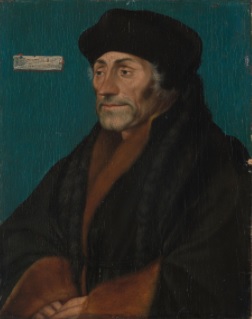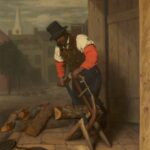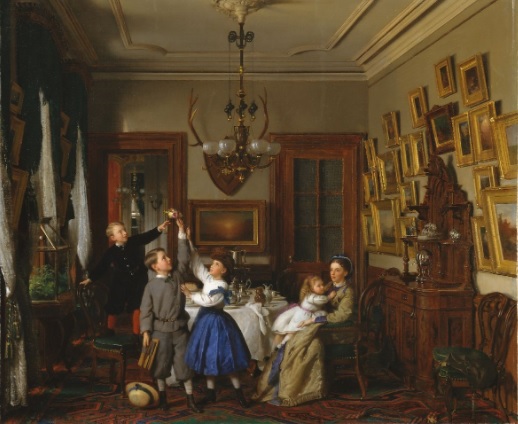
The wood sawyer is a typology of work known before the Civil War in the United States, and was painted by Charles Weir. The subject’s clothing and proximity to a hotel imply different responsibilities as a porter or coachman. Other details place the scene in the not fully urbanised Lower Manhattan. The pigs root in the middle distance and the white steeple suggests St. Mark’s Church on the Bowery. The open manhole and lid represent access to the pipes of the Croton Aqueduct, which carried fresh water to the city’s reservoirs from the Croton River.
Collection: Images
Project: 3. Rural world and urban world in the formation of the European identity., 4. Family, daily life and social inequality in Europe.
Chronology: XIX
Scope: Secondary education, Baccalaureate, University
Resource type: Image
Format: Oil on panel (56.5 x 46.4 cm)
Source: Museo Metropolitano de Nueva York (Nueva York)
Language: English
Date: 1842
Owner: Álvaro Romero González (Modernalia)
Identifier: 2018.6
Copyright: Museo Metropolitano de Nueva York (Nueva York)
Abstract: African American character chopping firewood at the entrance of an urban outbuilding
Image
Tags






